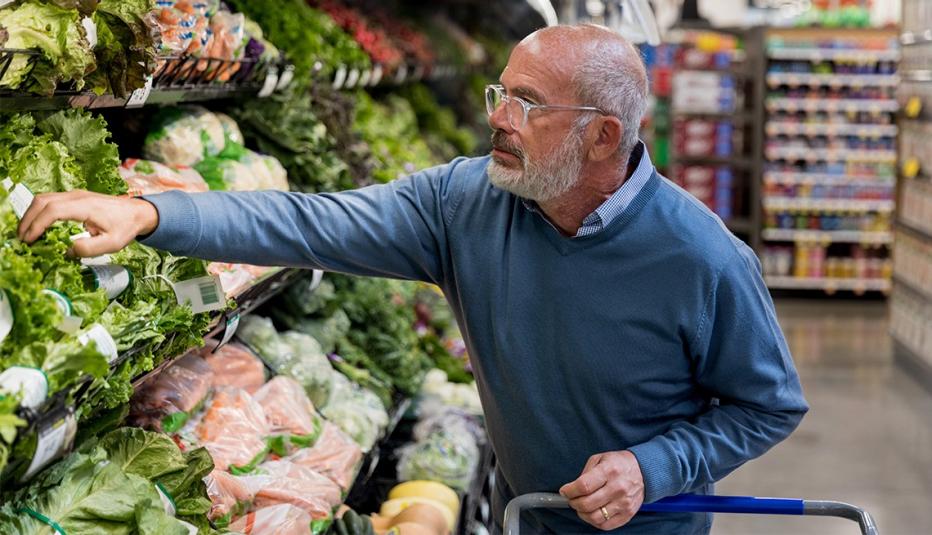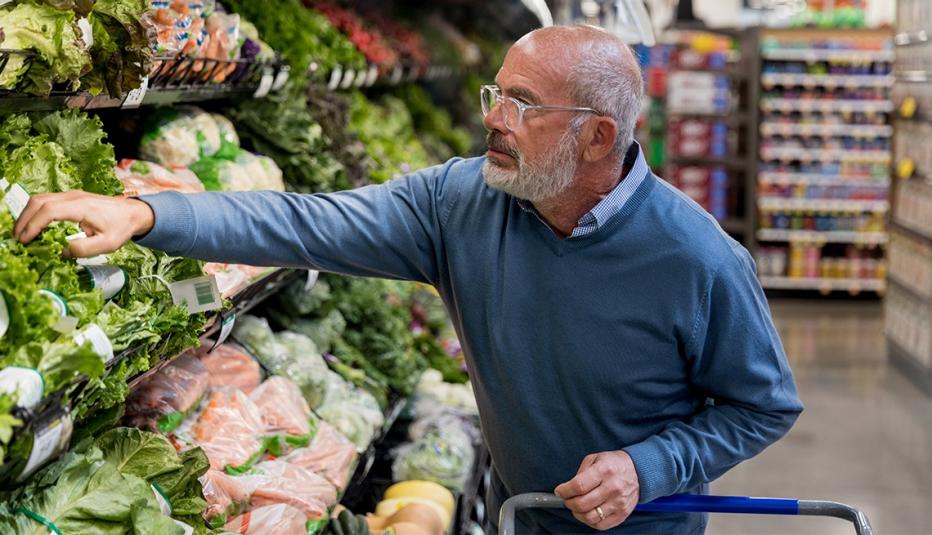AARP Hearing Center


Every year, millions of Americans ages 50 and older experience food insecurity, meaning they have limited or uncertain access to adequate, nutritious food. Food insecurity can lead to hunger and is associated with poorer health outcomes among older adults; in fact, adults ages 60 and older who experience food insecurity are more likely than those who do not to have health conditions such as diabetes, high blood pressure, congestive heart failure, asthma, and depression.
This periodically updated AARP Public Policy Institute fact sheet describes trends in food insecurity and the demographic characteristics of food insecure adults ages 50 and older.
Key Takeaways
- Of adults ages 50 and older, 10.4 percent (12.6 million) faced food insecurity in 2023, the highest share in nearly a decade.
- The share of adults ages 50 and older facing food insecurity increased from 9.8 percent in 2022 to 10.4 percent in 2023.
- Food insecurity prevalence varies by state and demographic factors, reflecting longstanding racial and ethnic disparities.
See the full report for discussion of the following findings and associated charts and other graphics.
- Food insecurity among older adults is at its highest level in nearly a decade
- Older-adult food insecurity prevalence varies by demographic characteristics such as: race/ethnicity; educational attainment; income; sex; household size; metropolitan status
- Food insecurity prevalence among older adults varies widely by state (see appendix)
- Rising food insecurity levels highlight the importance of programs and policy
See a data visualization mapping the state data and showing SNAP enrollment and older households lifted out of poverty by the program.
Conclusion
High levels of food insecurity and persistent disparities among older adults highlight the need for strong investment in programs such as the Supplemental Nutrition Assistance Program (SNAP) and senior nutrition programs that help eligible low-income older adults get the food they need. At the same time, reducing food insecurity will require policymakers working across sectors to address the root causes of food insecurity and food insecurity disparities among older adults—including poverty, low wages, unaffordable housing, and other systemic social issues.



































































